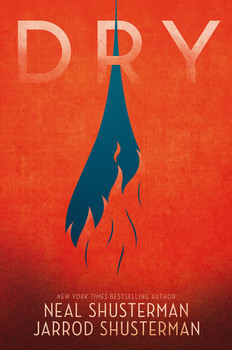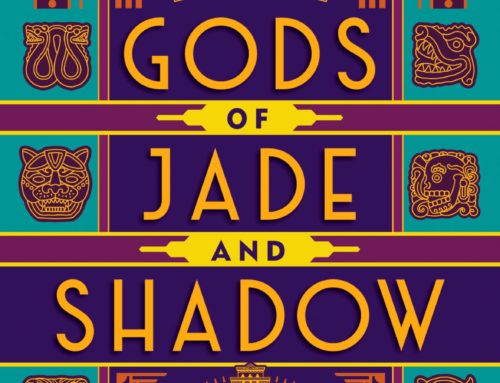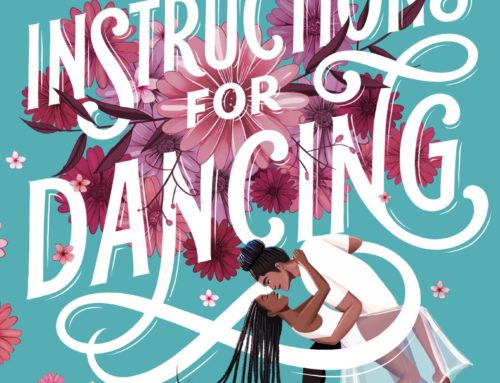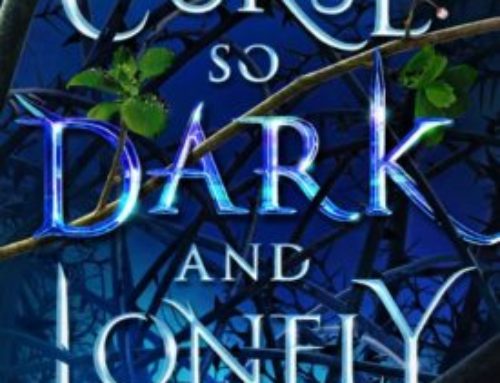
Dry
By: Jarrod Shusterman and Neal Shusterman
Genre: YA Thriller
Recommended For: Ages 16+ (violence), readers who flock to stories that feel heart-poundingly real, and doomsday preppers
The drought—or the Tap-Out, as everyone calls it—has been going on for a while now. Everyone’s lives have become an endless list of don’ts: don’t water the lawn, don’t fill up your pool, don’t take long showers.
Until the taps run dry.
Suddenly, Alyssa’s quiet suburban street spirals into a warzone of desperation; neighbors and families turned against each other on the hunt for water. And when her parents don’t return and her life—and the life of her brother—is threatened, Alyssa has to make impossible choices if she’s going to survive.
Top Thoughts:
- So realistic, it’s terrifying
- Constant growth in suspense
- Well-done descriptions made me feel I was in the story
- Increased urgency throughout
- Couldn’t stop reading once I started
- Makes you really root for the characters
- Excellent thriller I’d recommend in a heartbeat
The Review:
Dry is an incredibly realistic, fictional story about what happens when southern California runs out of water. It’s dark and gripping and brimming with disasters. Alyssa and Kelton are the main characters we hear from, and they couldn’t be more different. Alyssa tries to be the level-headed practical one holding on to their remaining humanity, while Kelton and his family are the ones who have been preparing for an apocalyptic scenario like this for years.
The authors did a phenomenal job of making Dry feel incredibly realistic. Everything that happened, I could see happening in real life, and that’s what scared me the most. We see a wide variety of what people are capable of when it comes to survival.
Dry never felt slow to me. Each page amped up the tension and piled higher stakes on top. It was a nice steady climb towards the final climax. I imagined it as going up the first big hill of a roller coaster. You start at a level of danger and intrigue you can handle, then slowly add more. One thing that helped with this was the snapshots. Sometimes we could be so dialed in to the circumstances surrounding the POV characters, we forget that millions of people are affected by this too. The snapshots zoom us out of the story to see the impact of the tap out as a whole. It made the situation feel more dire and survival less likely.
New POV characters are introduced about a third and halfway through. It was nice to get some different perspectives, however, they didn’t receive enough development in my opinion, so I think their POV chapters didn’t do much for me. I didn’t feel the urgency in their chapters as I did in Alyssa and Kelton’s. Those two definitely had the most at stake.
The authors excelled at using writing techniques to make the reader feel the danger in the story. Towards the end, the characters get just a few paragraphs before it switches POV. This fast switching made my heart race to know what would happen and helped increase the suspense and urgency. And boy did they take advantage of the try/fail cycle. But somehow, it didn’t bother me. Something the authors did made me always maintain hope that at some point, they’d find what they were looking for. So I flipped the page and moved on to the next try/fail.
But by far, the best part of this book was how it made me, the reader, FEEL what the characters were feeling. Very few books have allowed me to feel the sensations described so well here. I was thirsty the entire time I read this book. I’m still thirsty just remembering it. And not just the thirst, you feel the desperation, the fleeting moments of hope, and the devastating acceptance of one’s fate.
Luna’s Lucky Rating: 4.5/5 Lunas







